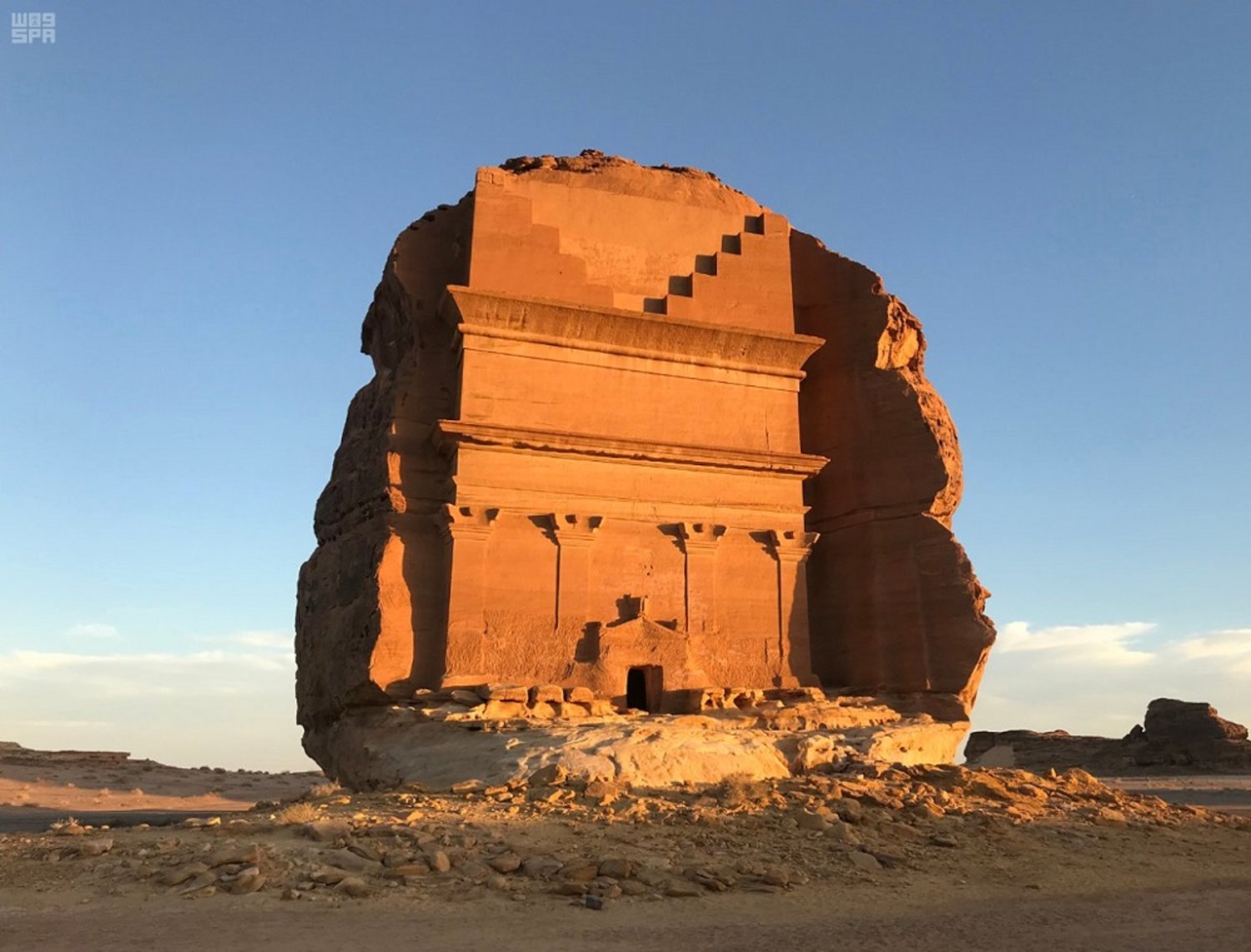As the world hopes to turn a new page and for life to go back to normal with the start of the new year, there are hopes for a rejuvenation in the tourism and aviation industries. Touristic sites and facilities are preparing to host the many visitors who are planning to travel for vacation to compensate for missing out on their holiday getaways last year due to the novel coronavirus pandemic.
AlUla is among the most prominent of these sites in Saudi Arabia. The Royal Commission for AlUla (RCU) expects to draw over 90,000 visitors to this historical area in northwestern Saudi Arabia this year.
The RCU’s newly launched marketing campaign, a key part of its strategy to attract visitors for 2021 and 2022 (when the number of visitors is expected to reach 130,000) is framed to attract domestic tourists since airborne travel is not expected to return to normal until later.
The campaign’s video features a young Saudi woman reflecting on her visit to AlUla, where she saw its major sites, including UNESCO World Heritage Site Hegra, Dadan, Jabal Ikmah, the Old Town and Jabal Al-Fil (Elephant Rock). She is also seen mesmerized by the mirrored architecture wonder, Maraya, and strolling through the lush winter oasis.
Commenting on the campaign’s domestic market focus, RCU Chief Destination Management and Marketing Officer Phillips Jones said: “We know Saudis love to travel and we hope this campaign will inspire many of them to appreciate a must-see destination, a global masterpiece, closer to home.”
On the attractions and activities on offer, he added: “Our heritage sites are now available year-round, with new hotels, restaurants and adventure experiences including, trails, bikes and buggies, which will be rolled out throughout 2021. We encourage visitors to book ahead and recommended that they stay a few days mid-week to have the best possible experience”.
Still, on the longer term, the RCU, like other bodies managing Saudi Vision 2030 projects, expects to see a strong increase in the number of tourists from around the world, especially as many have shown strong interest in visiting the site.
RCU Executive Director Marketing Melanie de Souza affirmed recently: “We have already received a lot of interest from international travelers excited to explore a new destination with such a rich history, one that was hope to the Dadanites, Nabataeans and Romans.”
“The travel landscape has been irreversibly altered, but as travel slowly resumes, research tells us people will be looking for meaningful travel, vast open spaces and experiences that bring them closer to nature. AlUla, for all of those reasons, as a novel and significant heritage and cultural site, is well-positioned both in the domestic market and internationally,” said de Souza.
Within 15 years’ time, the RCU hope that the project will come to welcome more than 2.5 million visitors annually, as development continuous and it expects the project to generate 67,000 new jobs.







